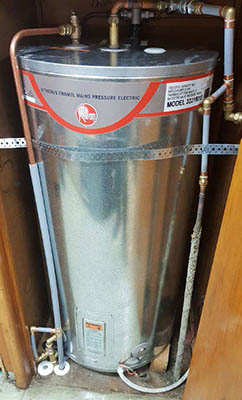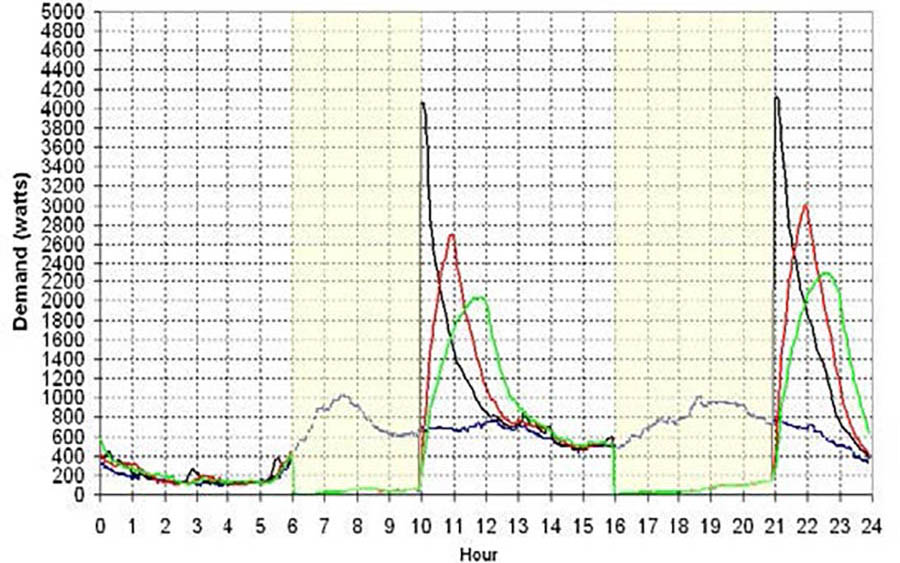Background
Orion Energy, a Christchurch based energy distributor, services approximately 190,000 residential customers, accounting for about half of its network's energy demand. Heating hot water constitutes roughly one-third of daily household energy consumption. Most residential customers use hot water cylinders, which offer a controllable energy store that can be managed to optimize overall energy demand.
However, there is a lack of comprehensive understanding of the daily energy demand profiles of these hot water cylinders, both individually and collectively, under various control regimes. These regimes include fixed time control, interruptible control, and uncontrolled usage. By modeling and simulating different control regimes, Orion will be able to identify the most effective methods to manage residential energy demand, enhancing overall network efficiency and reducing peak loads.
Objectives
The primary objectives are to develop detailed daily energy demand profiles for individual and aggregated hot water cylinders, compare these profiles under different control regimes (fixed time, interruptible, and uncontrolled), and model the impact of changes in control strategies on the aggregate demand profiles.
Methodology
The solution might utilize a top-down or bottom-up approach. The top-down approach involves collecting overall energy demand data from various network levels such as substations and transformers, as well as household-level demand profiles that include all energy consumption to disaggregate the hot water demand from overall demand. The bottom-up approach will synthesize individual hot water cylinder demand profiles based on typical usage patterns and simulate these profiles under different control regimes to understand their impact on aggregated demand.

Hot water cylinder

Fixed time control diversified energy demand profile
Data synthesis and analysis will involve creating synthetic individual demand profiles using existing data on hot water usage, modeling the energy consumption of individual hot water cylinders under fixed time, interruptible, and uncontrolled regimes, and aggregating these profiles to understand overall demand under each control regime. These synthesized aggregated profiles will be compared with measured network-level data to validate the models. Scenario modeling will then be conducted to simulate the impact of various control strategies on overall demand, analyzing potential benefits in terms of peak demand reduction and energy savings.
Data
- Network data: Measured in 5 and 30 minute increments, this data captures the dynamic behaviour of the network as a whole and can be used to check aggregated load profile assumptions or disaggregate hot water load profile changes.
- Household data: Measured in 5 minute increments, this data reflects individual household behaviours, which can be used to disaggregate hot water profiles, understand the diversity of demand between households, and check aggregate assumptions about hot water load.
Expected Outcomes
The research is expected to produce detailed energy demand profiles for hot water cylinders under different control regimes, providing an improved understanding of how different control strategies impact aggregated energy demand. This will lead to recommendations for optimizing hot water cylinder control to manage peak demand effectively.
